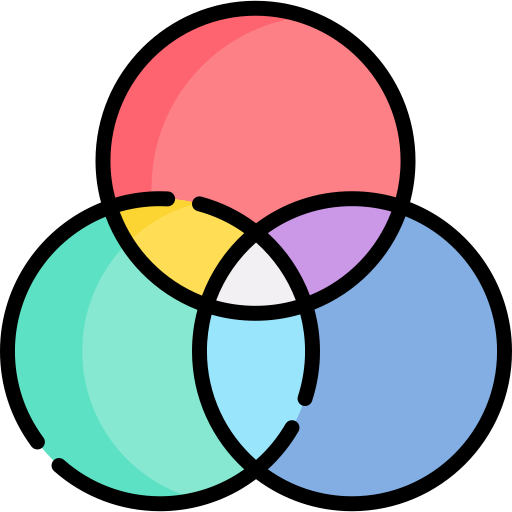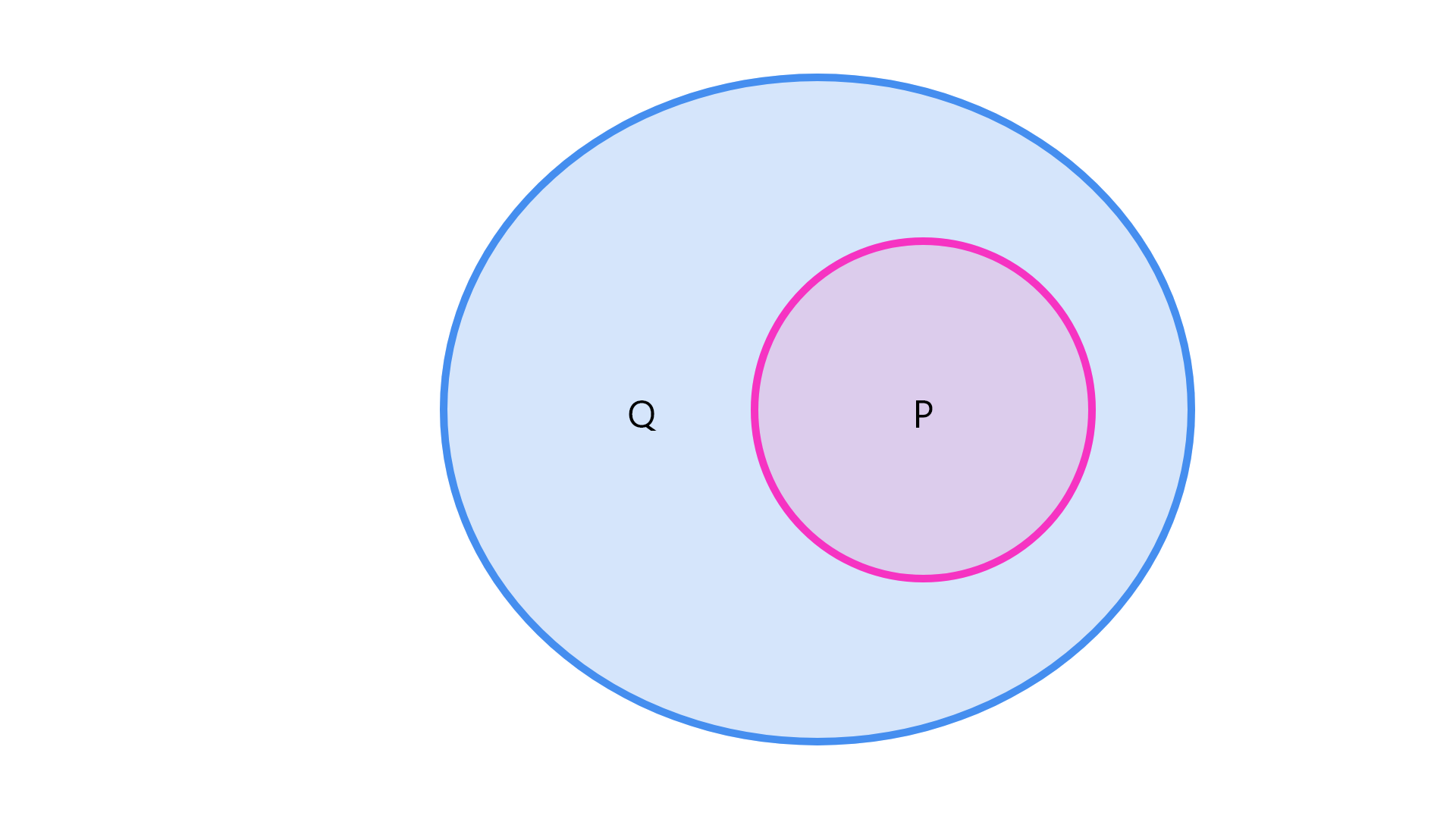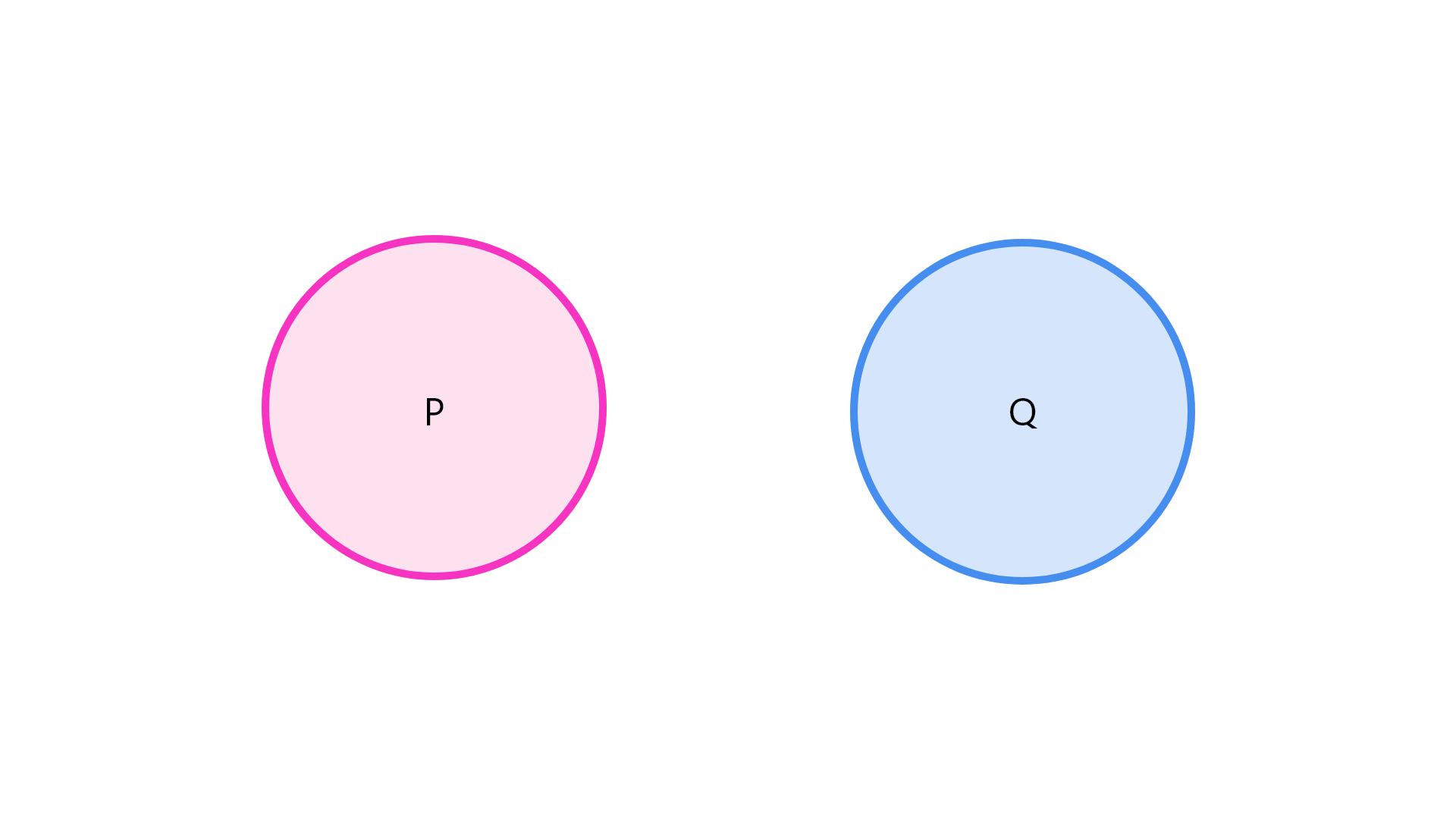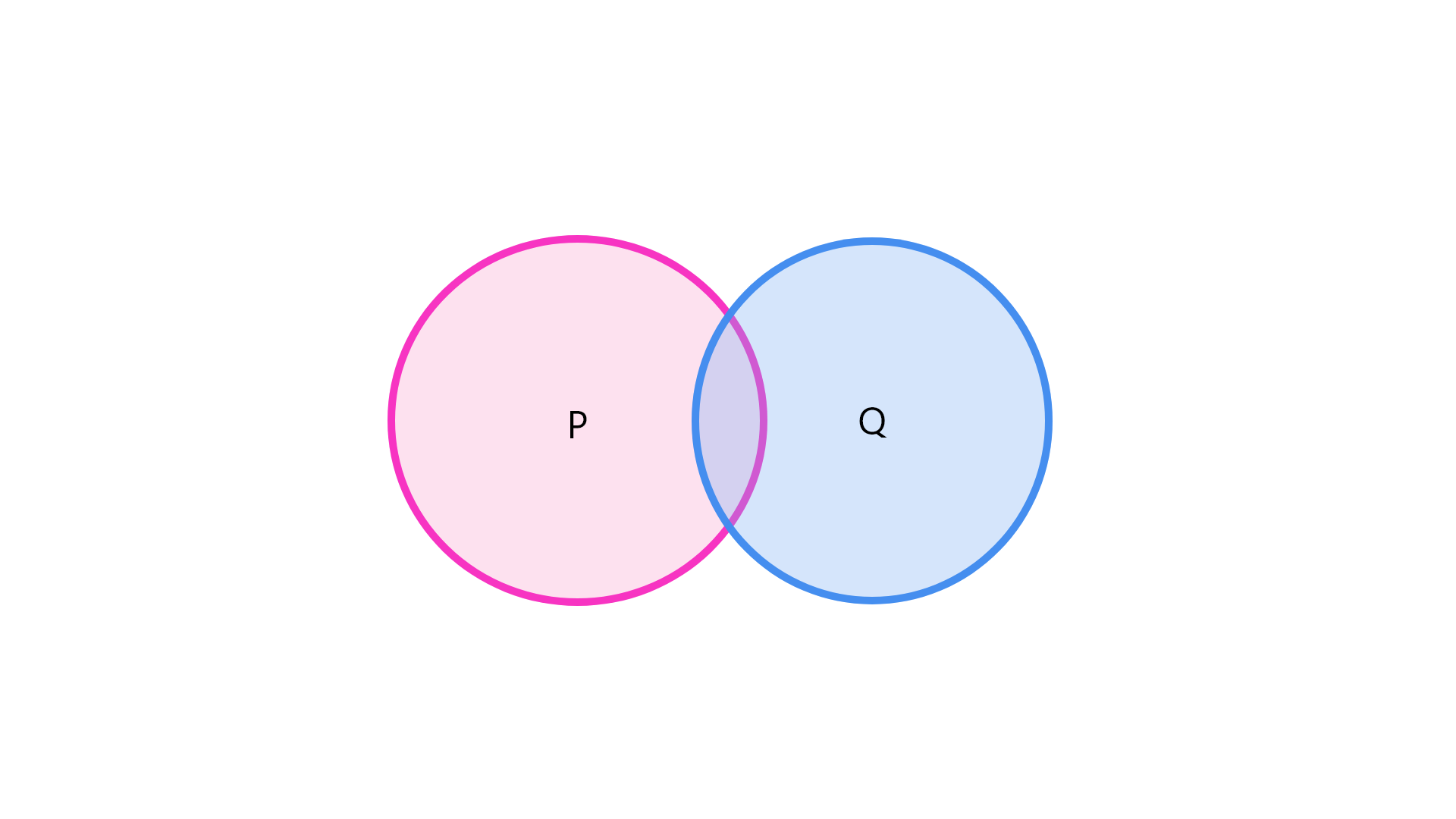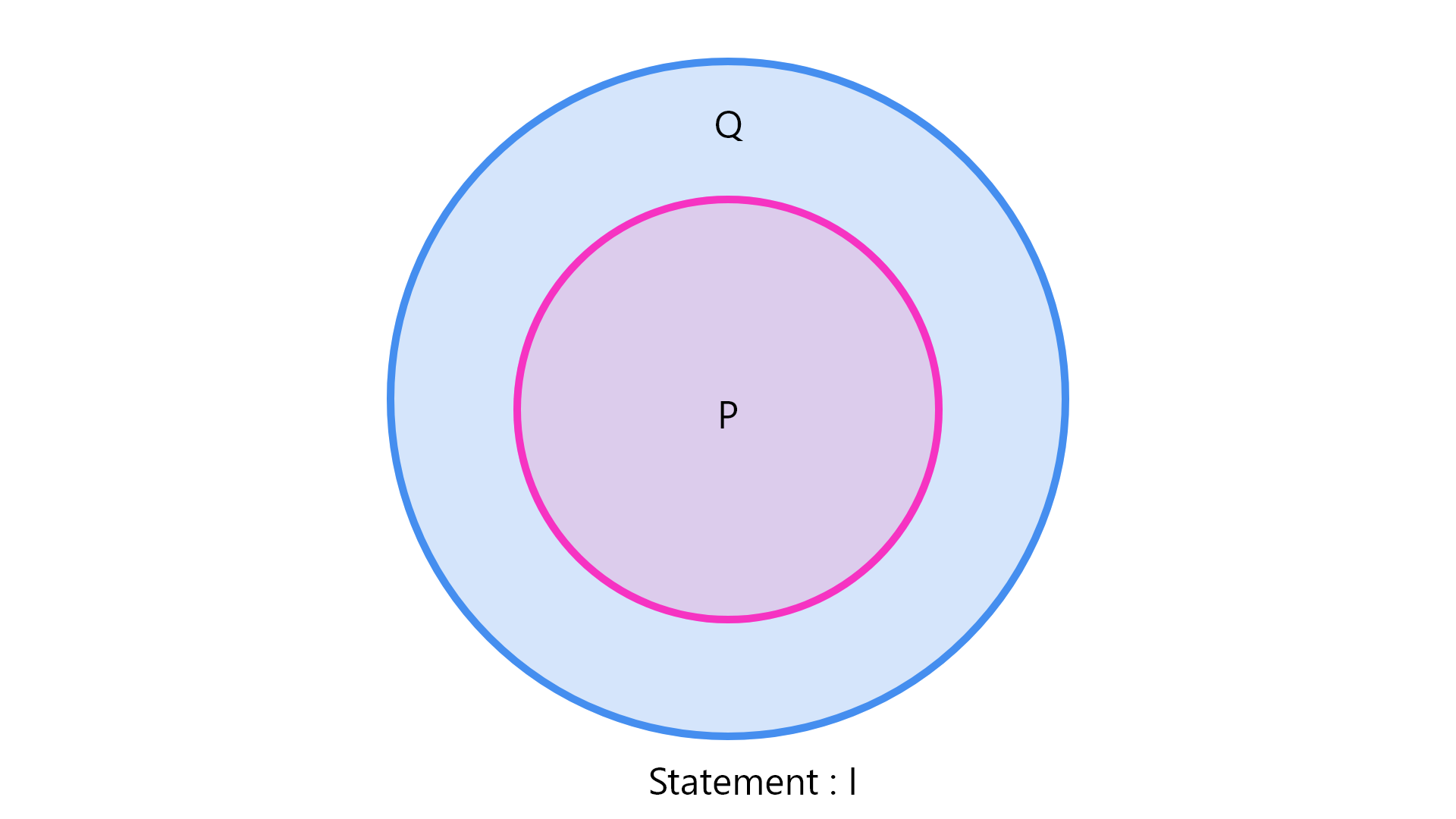1.) Verbal Method
Test takers relatively less use the verbal way of explaining syllogism questions. The test taker understands the set of premises and based on the ability to understand the assumptions, verbally derives a conclusion. The method is useful for less complicated questions.
For example
Statement I: Some human is rich.
Statement II: All rich are men.
Conclusion:
1. Some human is a man.
2.All men are rich.
Options:
- The only Conclusion I follows
- Only Conclusion II follows
- Either conclusion I or Conclusion II follows
- Neither conclusion I nor Conclusion II follows
Answer:1
Explanation:
From the above statements it is clear that some humans are rich and all rich are man, therefore there is a possibility that some some humans are man.
2.) Venn Diagram method
The Venn diagram method allows the test taker to solve the questions diagrammatically. This method is very useful in solving syllogism questions. This is illustrated well with the help of some bullet points mentioned below:
- Firstly we have to draw the diagram based on the given statements.
- Then we have to check which conclusion follow the given information, with the help of the diagram.
- If the Conclusion is fulfilling one condition but is not accomplishing the other conditions represented in the diagram, then it will not be considered as a conclusion.
- Hence the final conclusion should be made only if it follows all the possible conditions.
For example
Statement I: All P’s are Q’s
Statement II: All Q’s are R’s
Statement III: Some R’s are S
Conclusion:
- All P are R
- No Q are R
- All S are R
Options:
- The only Conclusion I follows
- Only Conclusion II follows
- Either conclusion I or Conclusion II follows
- Neither conclusion I nor Conclusion II follows
